Just talking about spelling rules can put fear into the minds of even the best readers. While reading and spelling are linked, finding the correct spelling is much harder than recognizing or decoding the word. Many students struggle with spelling throughout their lives. That is why it is crucial to provide some tools for strengthening this skill. Using spelling rules empowers students to find the correct spelling option for the sounds they hear. They will not only grow as spellers but as readers and writers!
Spelling Rules
There are 11 important spelling rules that you should teach to your young readers and writers. Each rule, used in connection with activities, will help your students improve both spelling and reading skills. Here is an overview of each rule.
 Make sure to explicitly teach each rule and provide multiple, multisensory practice activities. Check out this free set of anchor charts to help your students learn and remember the rules and see some great resources at the end of this post.
Make sure to explicitly teach each rule and provide multiple, multisensory practice activities. Check out this free set of anchor charts to help your students learn and remember the rules and see some great resources at the end of this post.
C and K Spelling Rule
It can be hard to determine if a word begins with a c or k. When we hear the /k/ sound at the beginning of a word we usually use the letter “c”. This rule states that K comes before the letters i and e in a word. This is the case with “kid” and “key”. The letter c comes before the letters a, o, and u, like in the words cat, cod, and cup.
Ck and K Spelling Rule
More “k” sounds! Both ck and k can make the hard c sound. CK comes at the end of the word and follows a short vowel sound as in “duck” or “quack”.
FLSZ or Floss Rule
Isn’t flossing something you do with your teeth? Or is it a Fortnite dance? Yes, these things are true, but there is also a floss rule for spelling. When one syllable has a short vowel sound followed by f, l, s, or z, give it a bonus and double the last letter. The bonus letter is silent. Words like “hill”, “floss”, and “buzz” use this rule.
Tch and Ch Spelling Rule
The “ch” sound can be spelled with tch or ch. Use tch after a short vowel at the end of the word. This works with “pitch” and “catch”.
J Spelling Rules – Dge and Ge
Words don’t end in J in the English language. If there is a J sound, the word will end in either dge or ge. Think “dodge” or “page”.
Y Spelling Rule – Cry Baby
Y at the end of a one-syllable word make a long I (“cry”) sound. At the end of a two-syllable word y makes a long e sound (“baby”).
Hard and Soft C Rule
When do you use the hard c like in the word “cat”, and when does the soft c like you hear in the word “cent” come into play? When c comes before a, u, o, l, or r, it makes the hard C sound.
Hard and Soft G Rule
There’s also a hard and soft g spelling rule that works like the hard c rule. When the g comes before a, u, o, l, or r, it makes the hard g sound, like you hear in the word “gum”.
Doubling Spelling Rule – 1-1-1 Rule
The doubling spelling rule is so helpful for your young learners! Try this. When a one-syllable word ends in one consonant with one vowel before it, double the final consonant when adding a vowel suffix. Think about words like “hop” to “hopping”.
Drop the E Spelling Rule
What are the spelling rules with adding a suffix to a word that ends in e? It’s simple. If you see a vowel, drop the E before adding the suffix. An example would be “drive” + “ing” becoming “driving”. If you see a consonant before adding the suffix, leave the e. This would be building words like “safely” (“safe + “ly”).
The Y to I Spelling Rule
Think about the word “fly” to teach the y to i rule. Y flies and changes to an i when a consonant is before the y. (“flies”). However, if the suffix is “ing”, the y stays! It does not go “flying”.
These 11 spelling rules are tried and true when it comes to improving spelling and reading. Whether you are teaching distance learners, in-person students, or simply want some review materials, Cool Tools Spelling Rules is a bundle of spelling rule resources with worksheets, multisensory activities, digital practice, games, and more for each rule.
Practice, practice, practice is one of the keys to becoming a proficient reader and speller. These no-prep activities are great for advanced K-1 students and 2-3rd graders. They are a perfect complement to Orton-Gillingham based programs for students with dyslexia or other reading-based difficulties.
Also, check out the new Spelling Island Digital Game series. This engaging set of digital games for Google Slides, PowerPoint, and Boom Cards cover the adding suffix spelling rules.
Happy Spelling,

Check out my recent post on syllables.
Making the Changing y to i Spelling Rule Fun

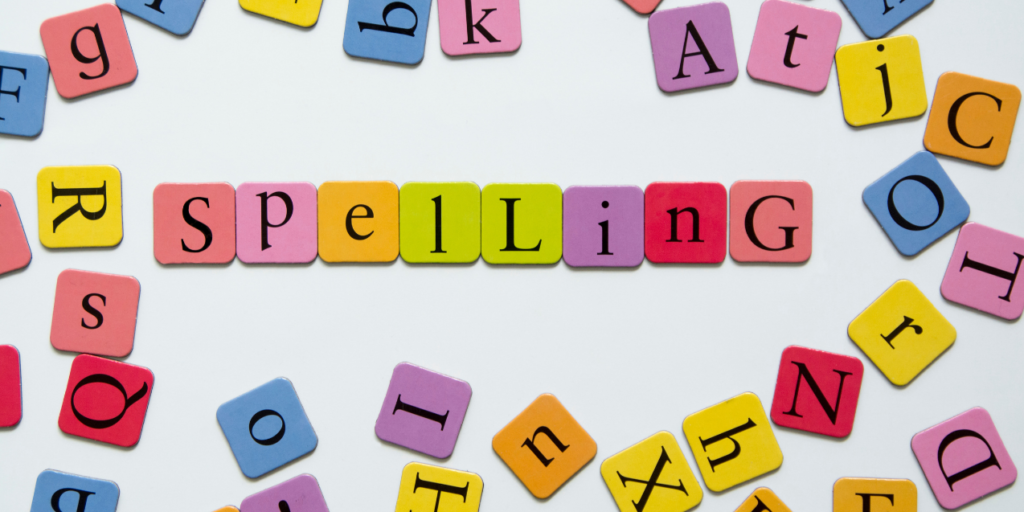
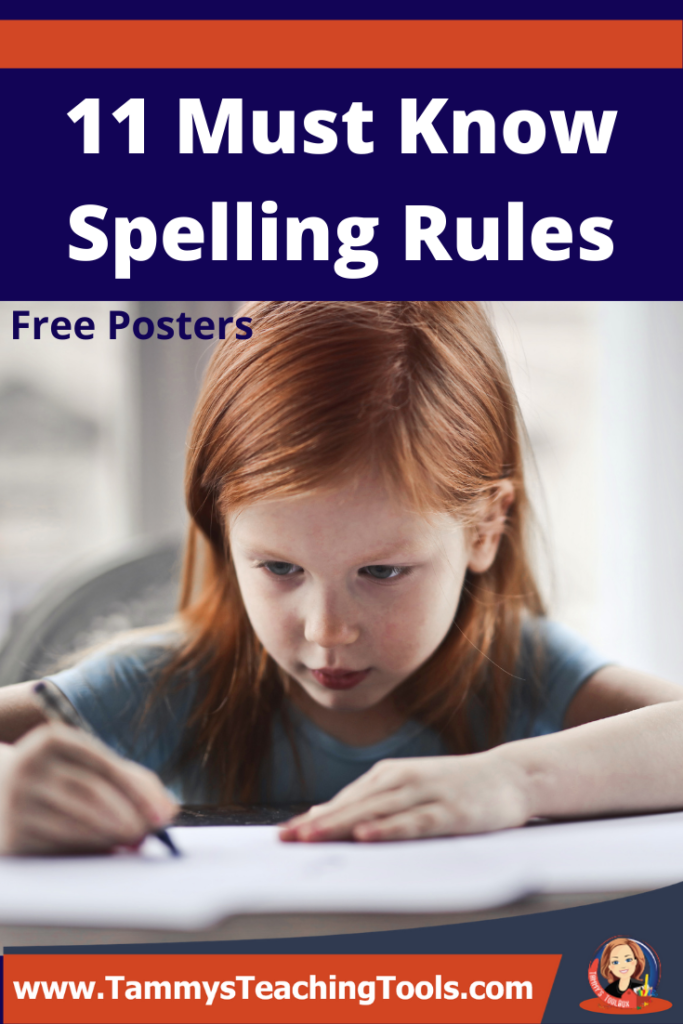
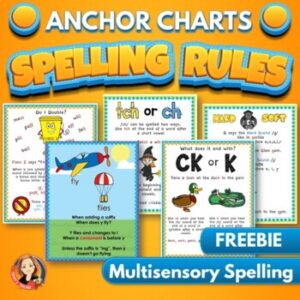
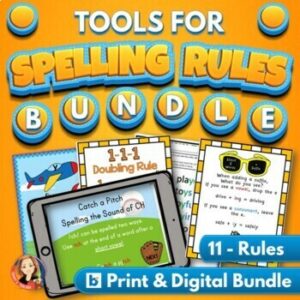
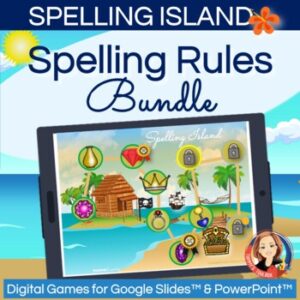

These rules are fantastic – just what I’ve been looking for! Thank you Tammy!